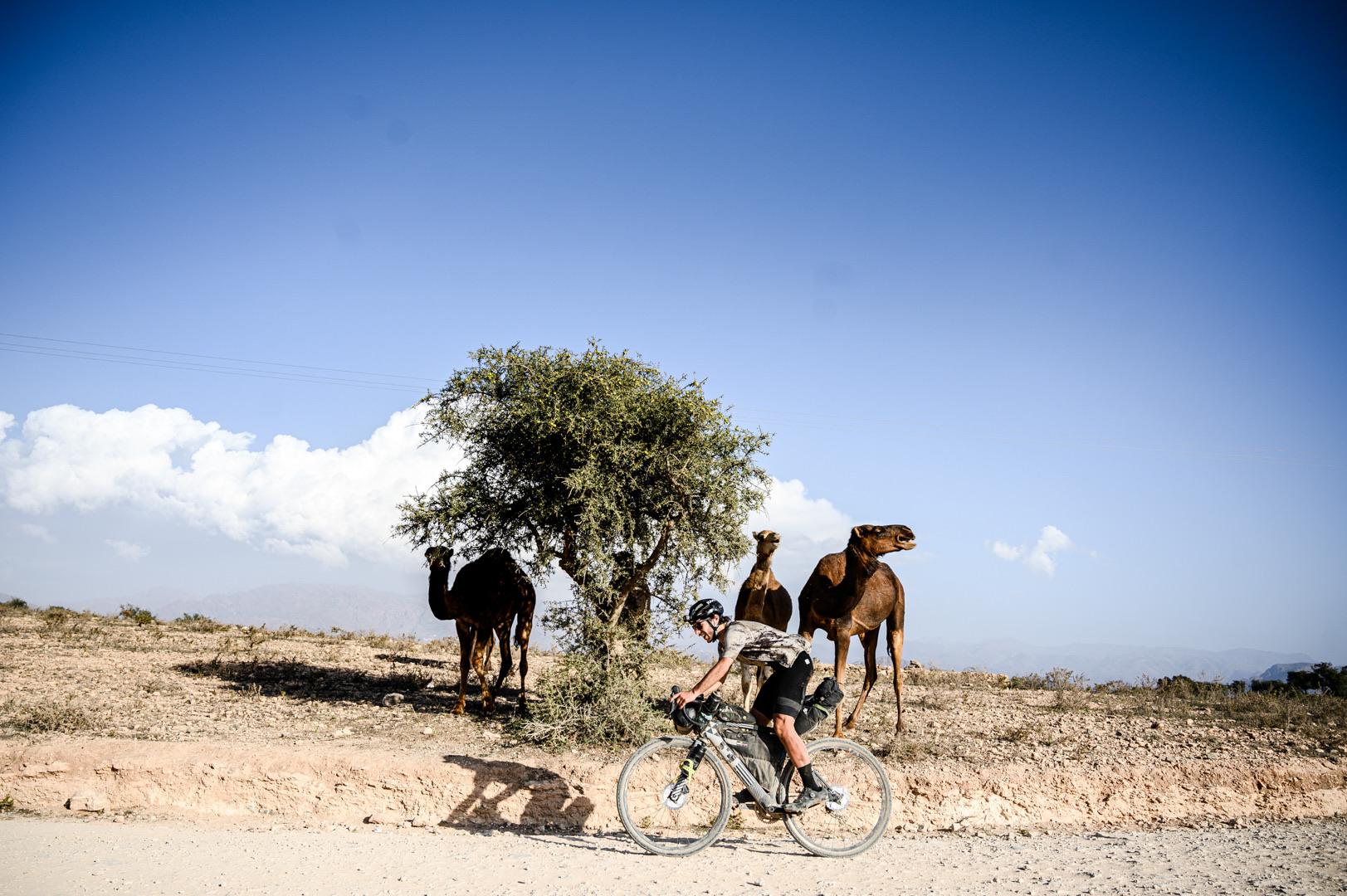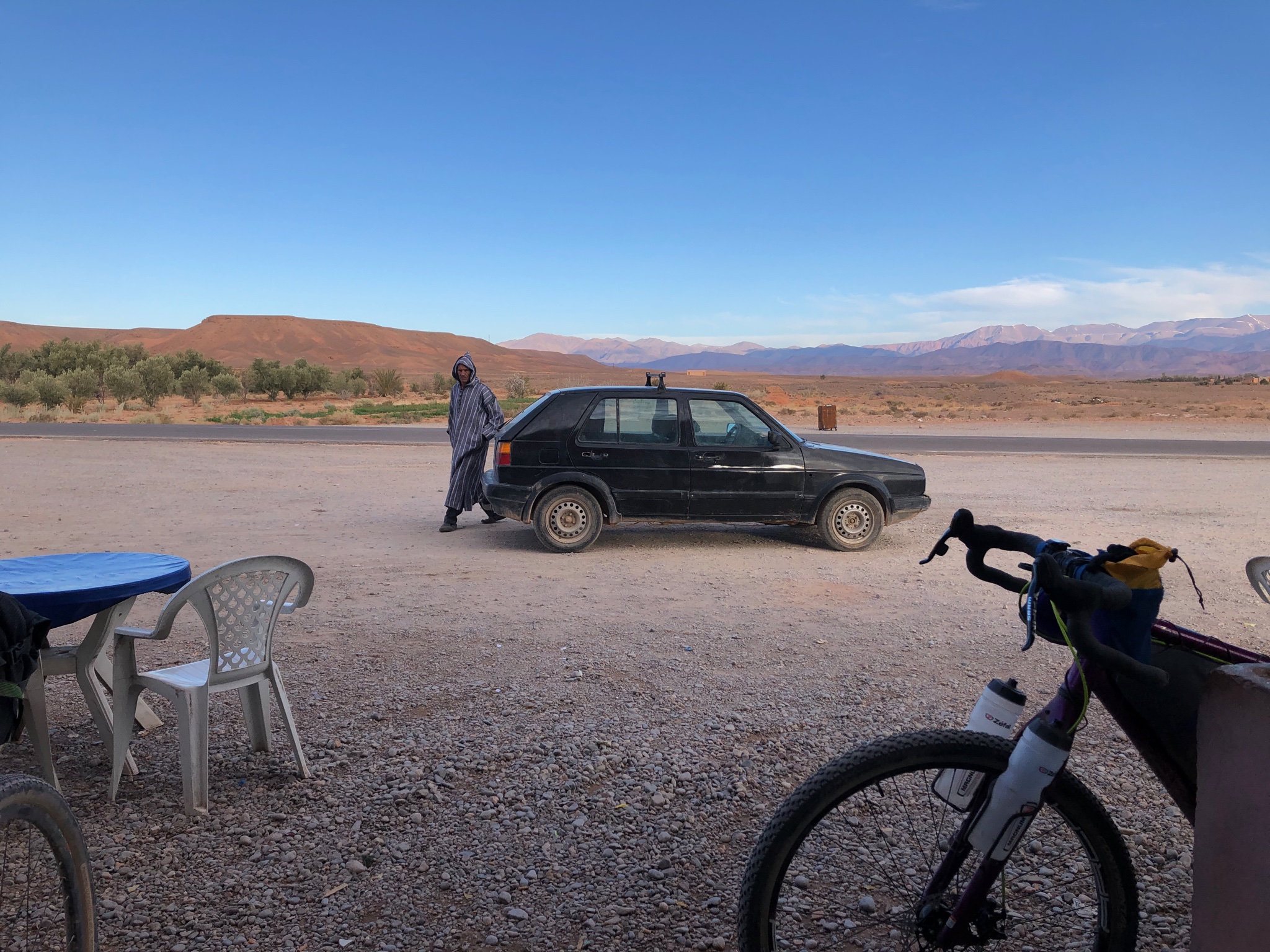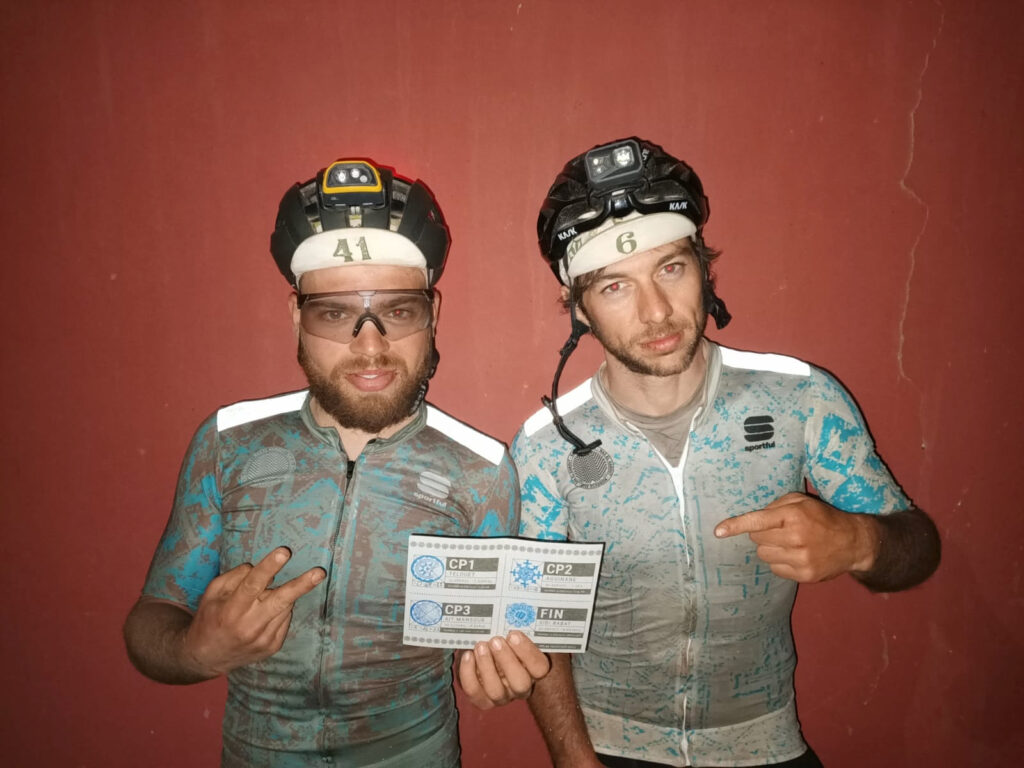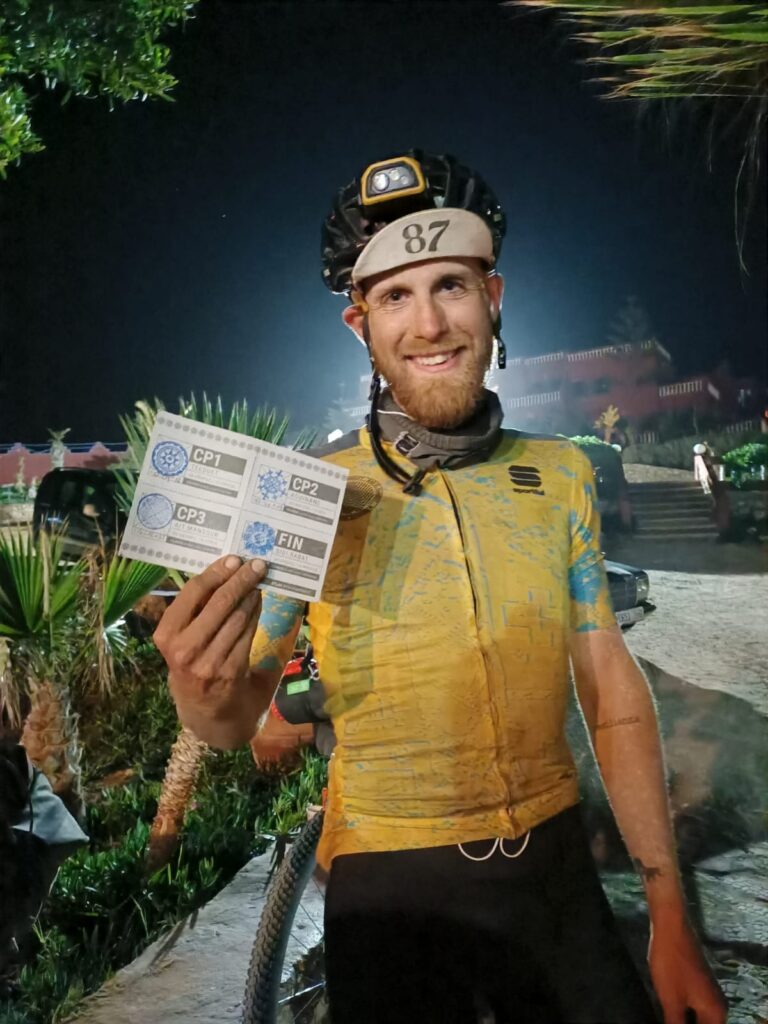In the last days due to the lock-down, I got the chance to read back the diagram of the 5 days we took to finish the Atlas Mountain Race in February 2020. An anonymous cartesian diagram resuming elevation, time of movement, velocity, and time of sleep. A fil rouge, a sequence of peaks and minimums, a pattern of symbols (different for any rider) from Marrakesh to Sidi Rabat.
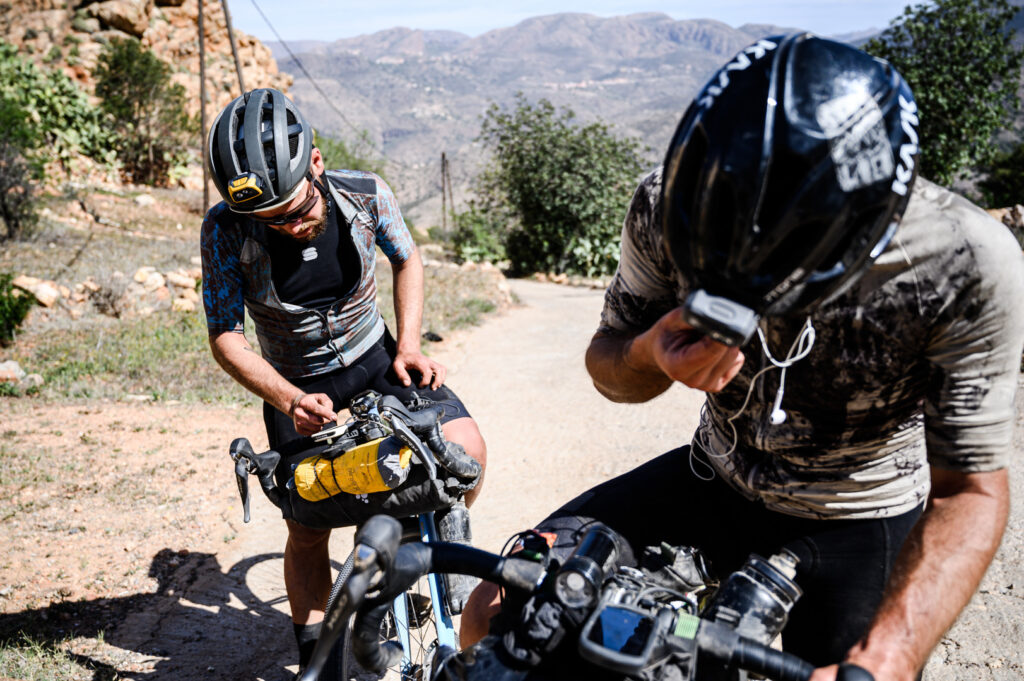
📸 @nils_laengner
Unfortunately, a synthesis is not enough to explain what we overcome during those days.
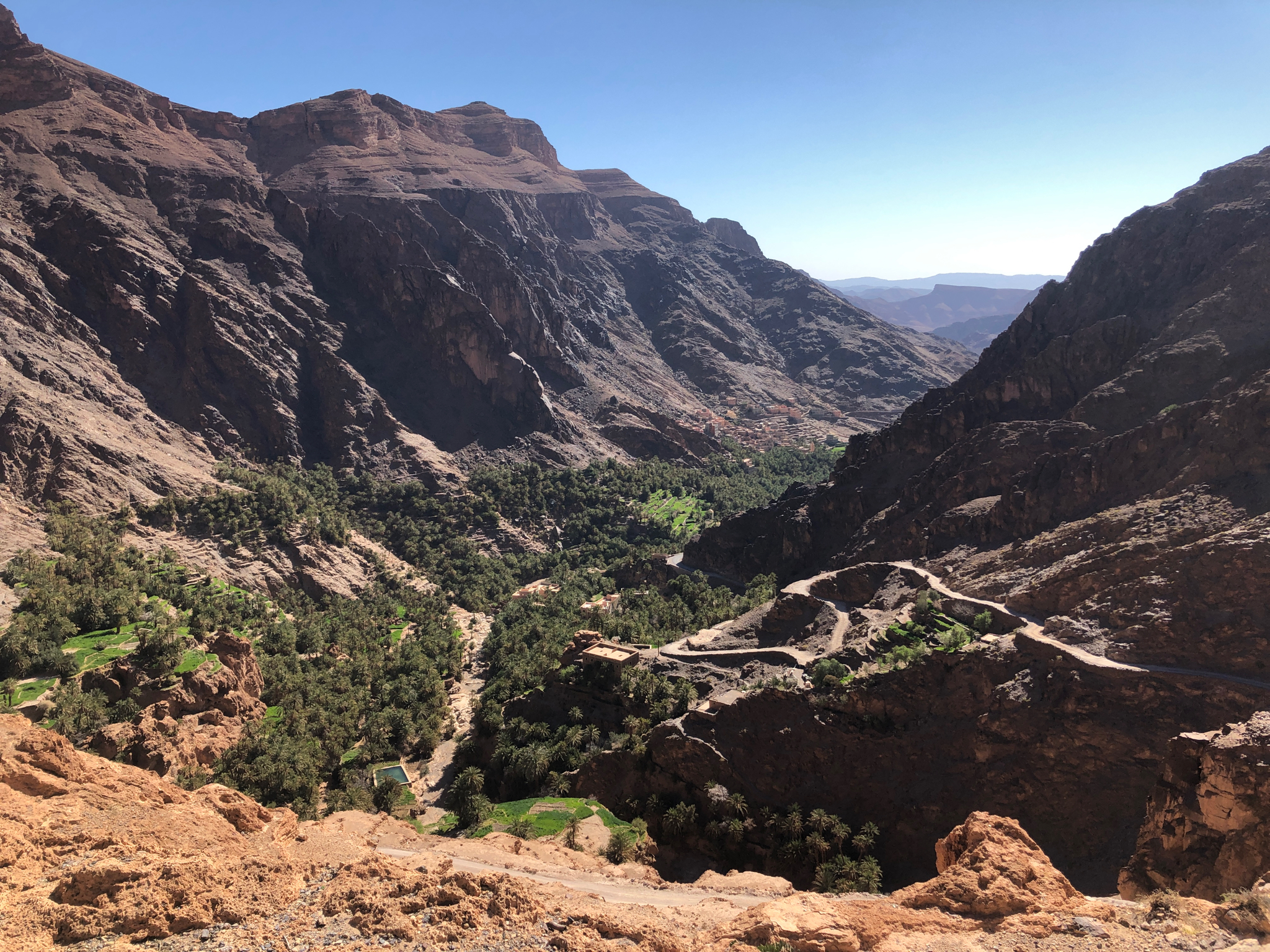
Souss-Massa-Draå 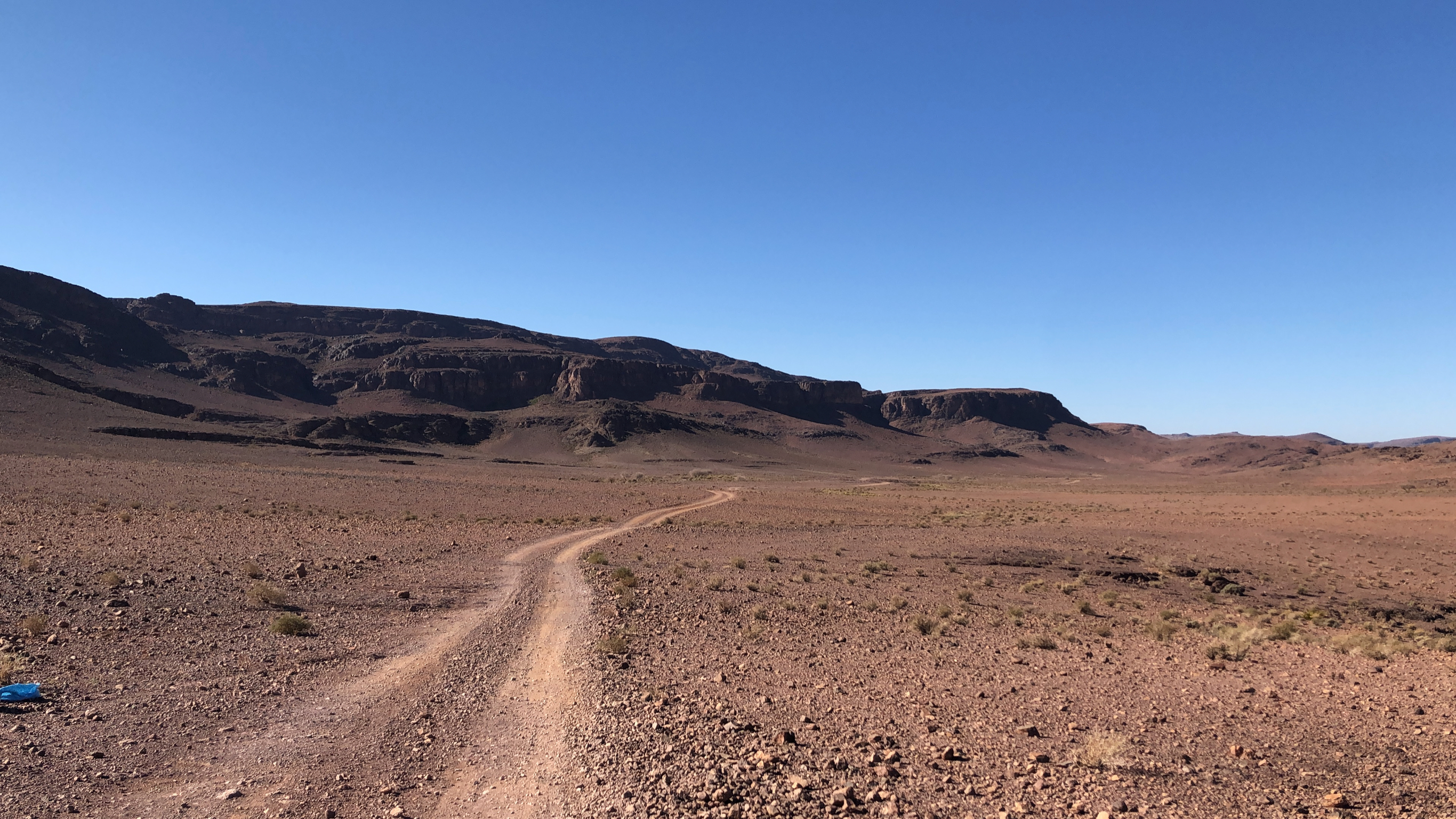
after Ait Saoun 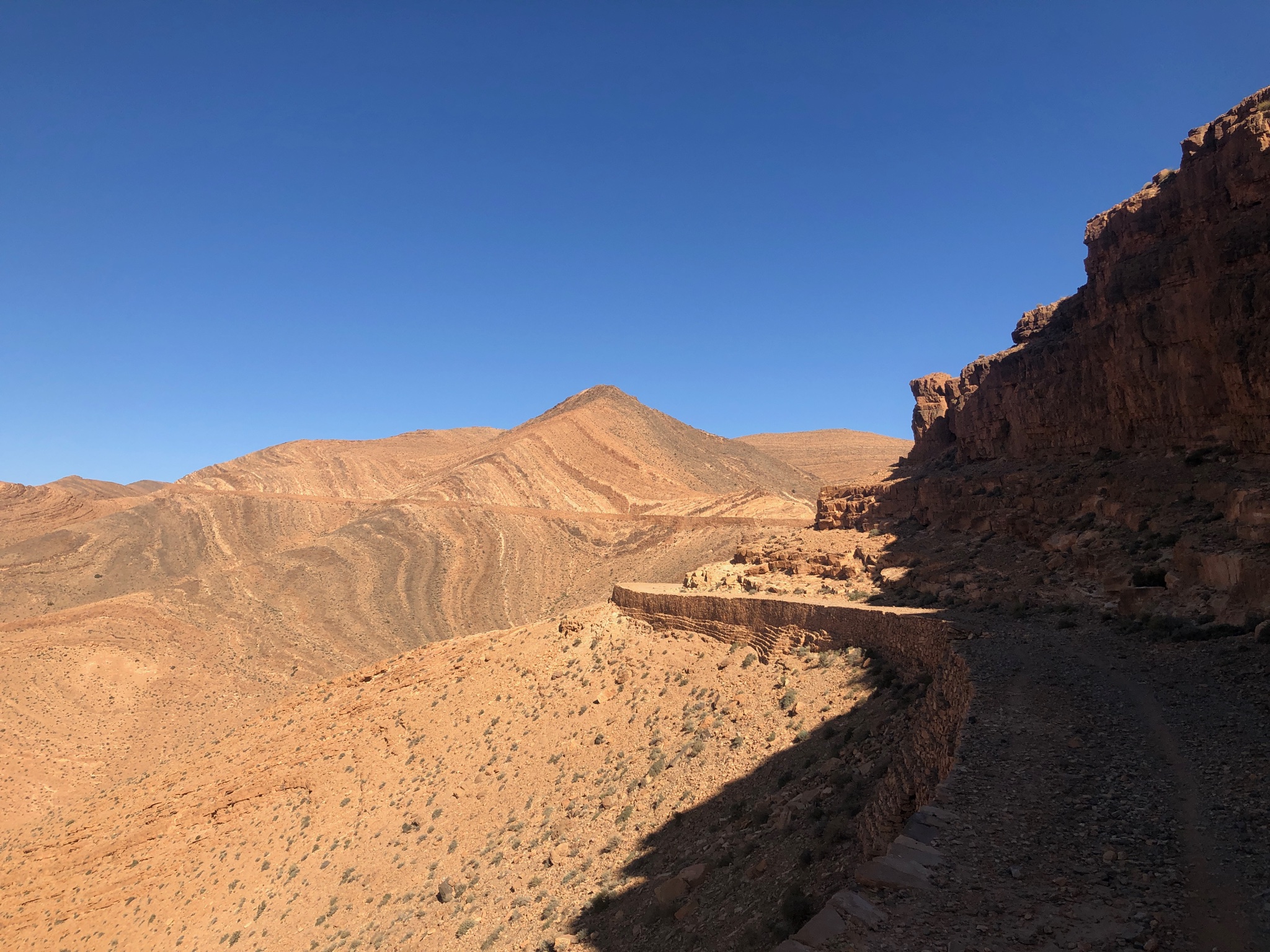
Colonial road close to Taroudant 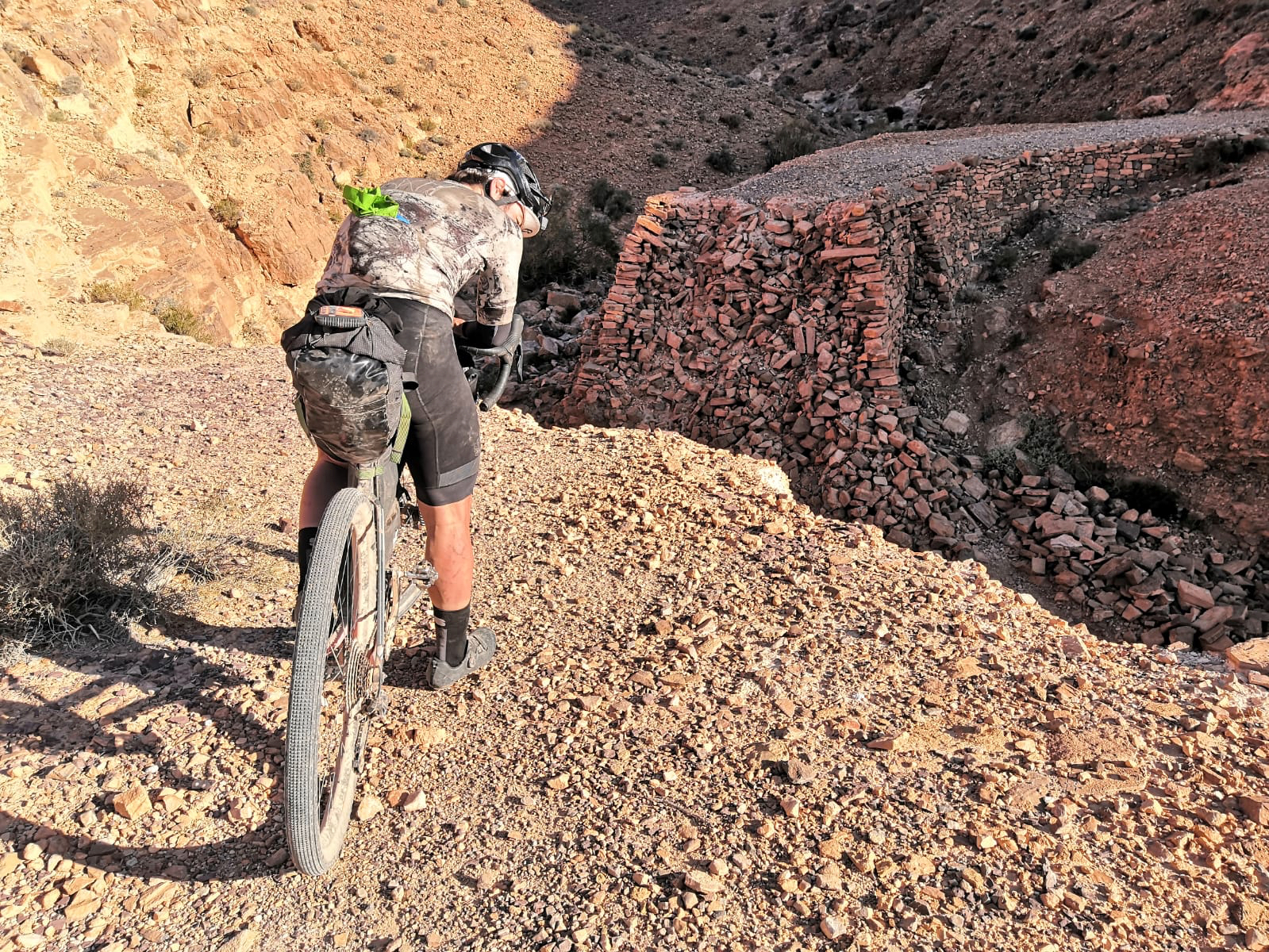
pre hike-bike session 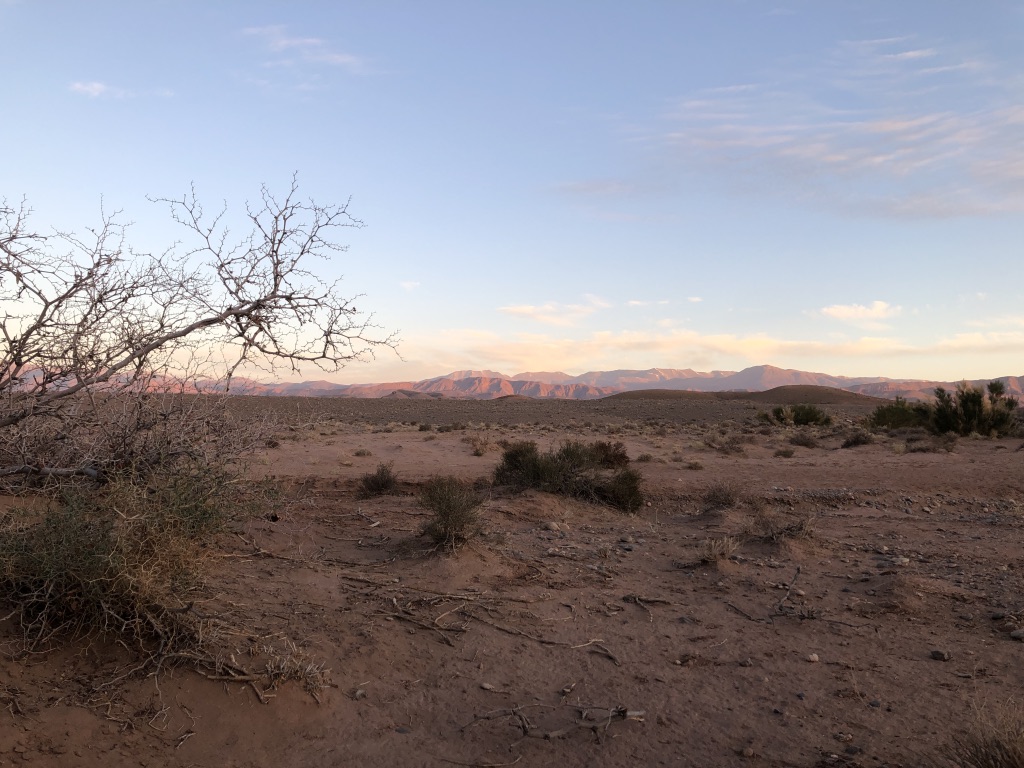
high-lands before Imassine 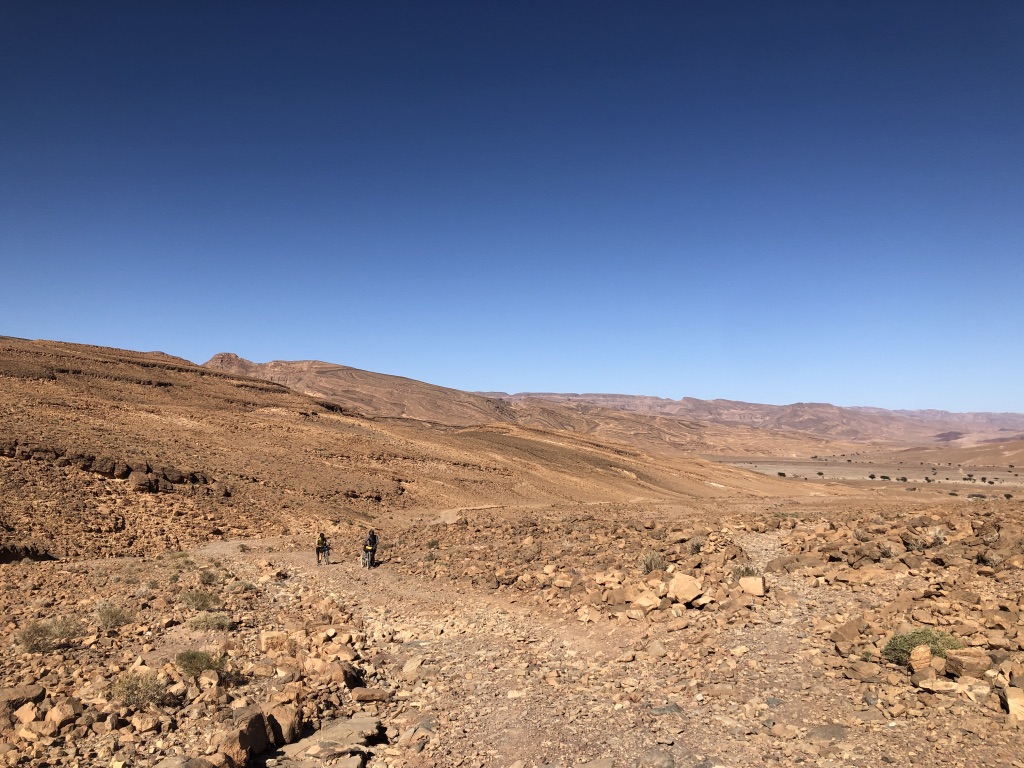
badlands before Tisslit
After almost one year and a radical change in our social behavior, scrolling that line is unique because it reminds me about the meaning of that trip, the chance to ride with two friends like Federico and Mattia, wake up in the badlands with the first cold sun, explore what you had seen just on google maps, and find out that the desert is not so desert and it is beautiful.
This summer I was reading about an interesting method used in mathematic and physic to find a global minimum of a given system the “Quantum annealing”. In a nutshell, you change frequently the state of a function with many local minima (with a termal jump for example) to find a ground state.
I believe there are many assonance between this theory and what happens during a long-distance race. In both cases, you have to tackle a complex research space with peaks and minimum that you have to cross in order to explore new scenarios. You need to learn how to manage the unpredictable to better understand the complexity of the system, getting over the appearance of a “comfort zone” and “optimization” that can become a limit to reach the finish line.
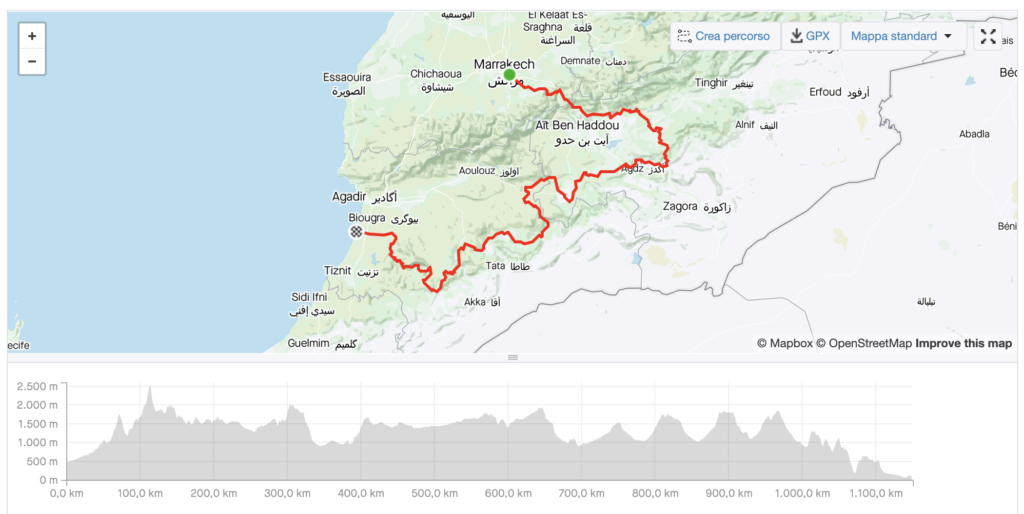
Thanks our partners:
3T for the exploro frameset
Shimano for wheels and groupset
Fizik for the amazing saddle Temple Argo R3 and super comfort terra X5
Panaracer for the tyres Gravel King SK+
Missgrape for frame bags and all the help
more info on @muntagnincitadin and @raselhanout.cc
